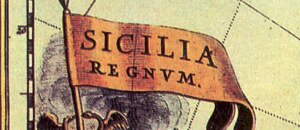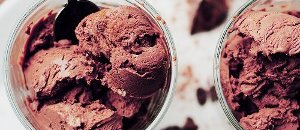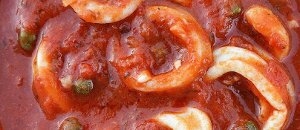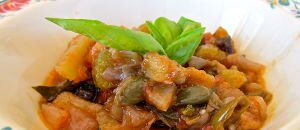Written by Frouzindeh Annelise Dyouya — Tuesday, June 04th, 2013
wine tasting: a tasteful experience!
From the 14th century, a structured method to approach wine.
Wine tasting is considered the sensorial test and estimation of wine experience, although only from the 14th century is regarded as a structured method.
Modern and professional wine tasters, the so-called sommeliers tend to describe, using this expression, the array of aware flavors and aromas but it also seems to be very important in the judgement a personal appraisal.
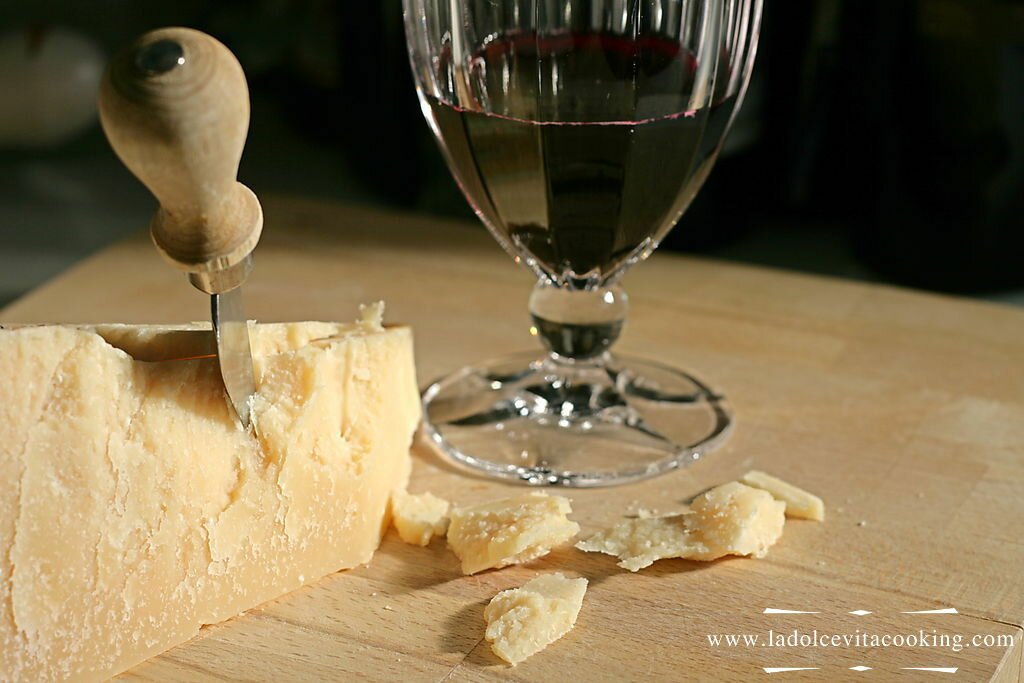
Tasting phases and “blind tasting”
There are four tasting phases, officially numbered:
- appearance;
- “in glass” that means the aroma of the wine;
- “in mouth” or taste feeling;
- “finish” that considers the moment after tasting.
By those phases it’s possible to establish properties of wine such as complexity and character, potential, connection to aging or drinking, and possible flaws, depending on identified standards of wine like its price range, regionalisms or different techniques regarding the fermentation process.
In order to provide a totally impartial opinion regarding this or that wine, it should be serve in a so called blind tasting way that means without having seen the label or the shape of the bottle. Another part of the blind tasting implies serving the wine from a black wine glass in order to disguise the color of the wine: details regarding its geographic origin, its price, its color, fame and many other elements come secondly after tasting the wine that can be cool, not wet, honeyed, great, spicy, or deep.
A particular wine tasting competition is known as “The judgement of Paris” (1976), where French judged blind tested wines from France and California by the “5-s techniques” which implies:
- see;
- swirl;
- sniff;
- sip;
- savor.
The event was showed in the 2008 movie “Bottle shock”, regarding a home made competition.
it’s interesting to remember ”The wine tasting in Florence 2013”, where a glass of Montepulciano or Montalcino is offered with Pecorino cheese and salami, a glass of Montecucco is served with Pecorino cheese and cooked ham or a glass of Chianti is presented with Pecorino cheese and figs.

Vintage wines
Among vintage wines, wine types are tasted in a vertical way: that means different vintages of the same wine type in order to stress differences among different vintages, or in a horizontal way: the wines are all from the same vintage but they come from different wine shops.
Dealing with significant expressions regarding wine, it’s interesting to number “a tasting fight”, properly a battle between three to eight to fifty glasses of wine in order to sample and compare them, and “a tasting note”, regarding aroma, taste identification, structure, acidity, balance and texture of wine. In particular, the temperature that a wine is served may give importance to acidity and tannis while changing the aromatics. For example it’s preferable to serve a glass of Champagne (which belongs to the white sparkling wines) at 6-10° C while a Shiraz (among the red sparkling wines) at 10-12°C.
Comments
latest articles
Father's Day traditions from a small old Sicilian village
A very peculiar recipe from Sicily, made especially on Saint Joseph’s day.
A brief history of Gelato
Gelato: what a passion! Do you know where it comes from?
Squid soup recipe from Agrigento
Wandering around Sicily: a trip to Agrigento.
Caponata: a delicious veggie dish!
From Palermo with love.
Are you guilty of bad eating habits? Infographic
Bad habits are made to be broken.


